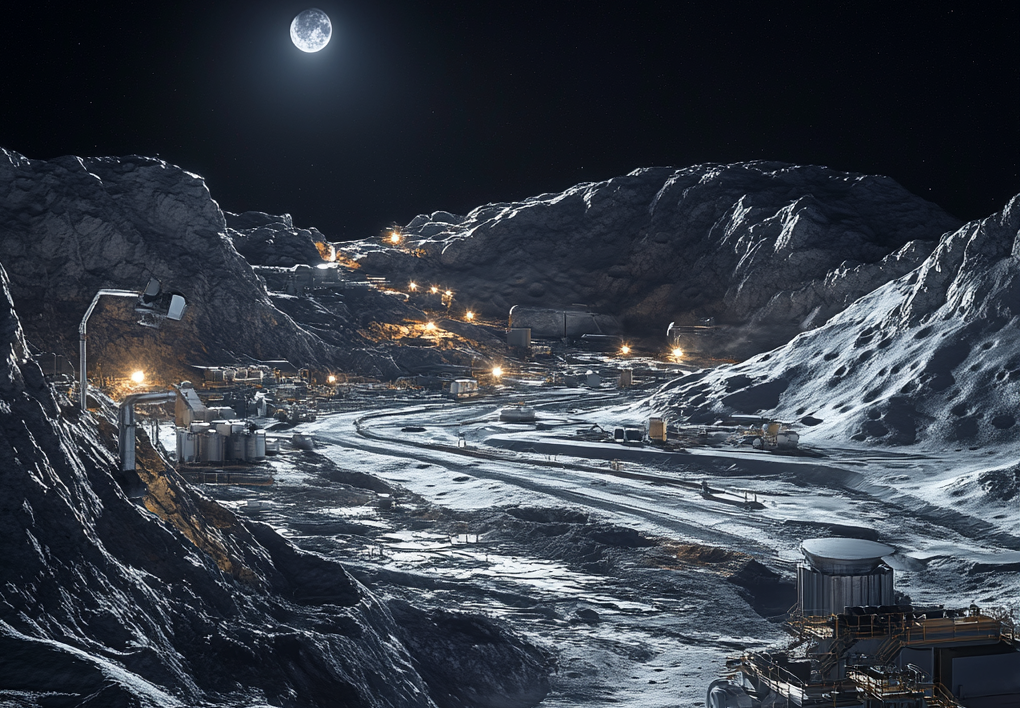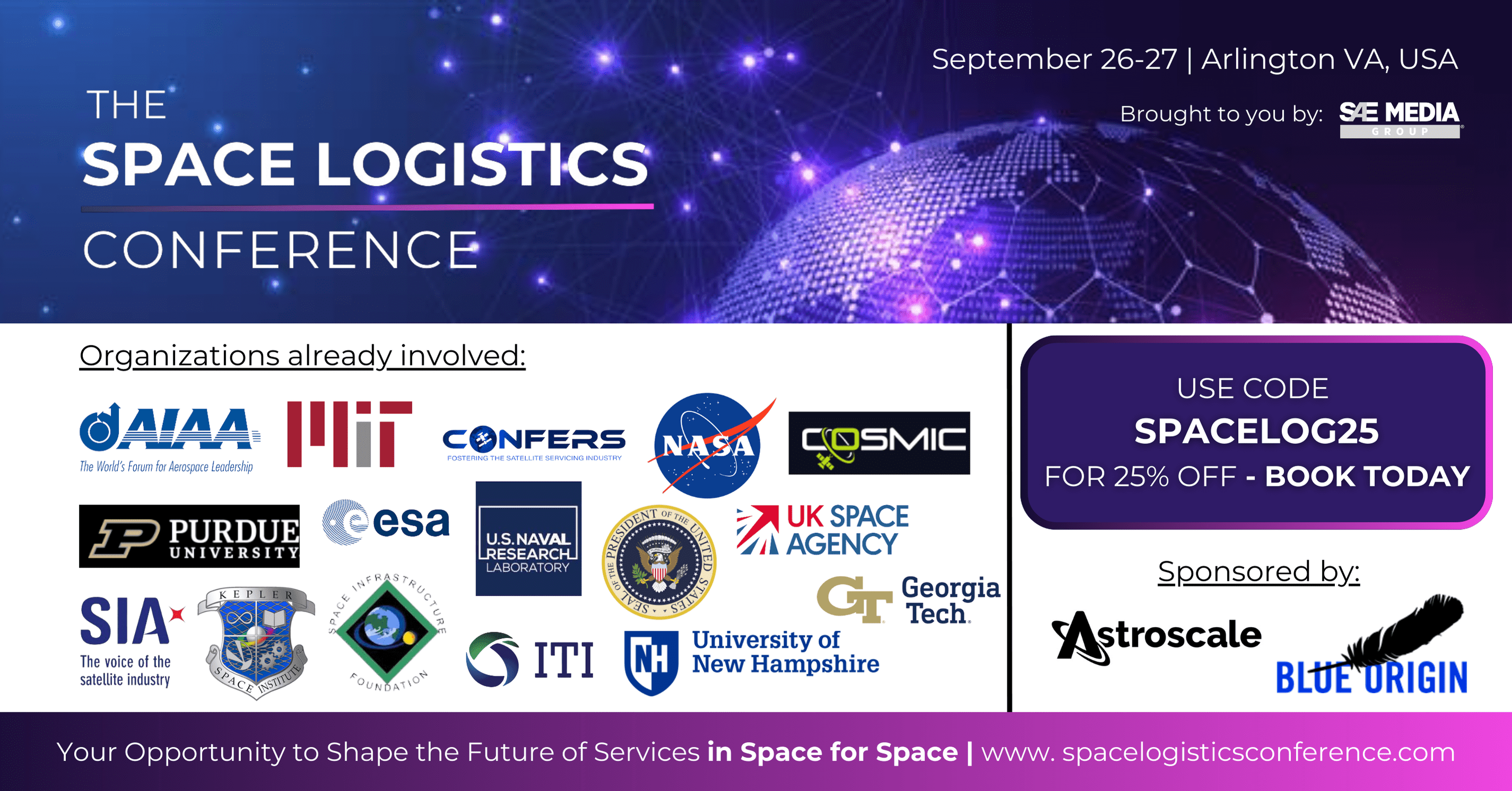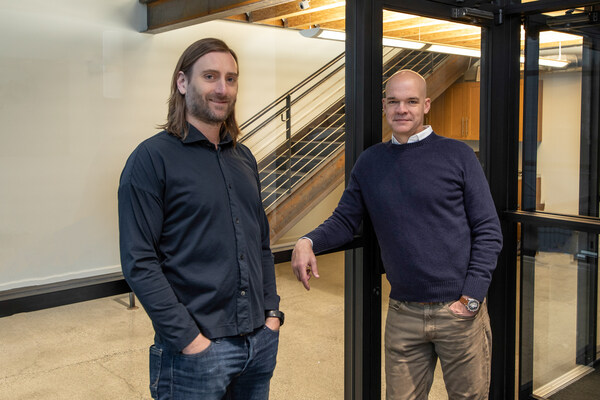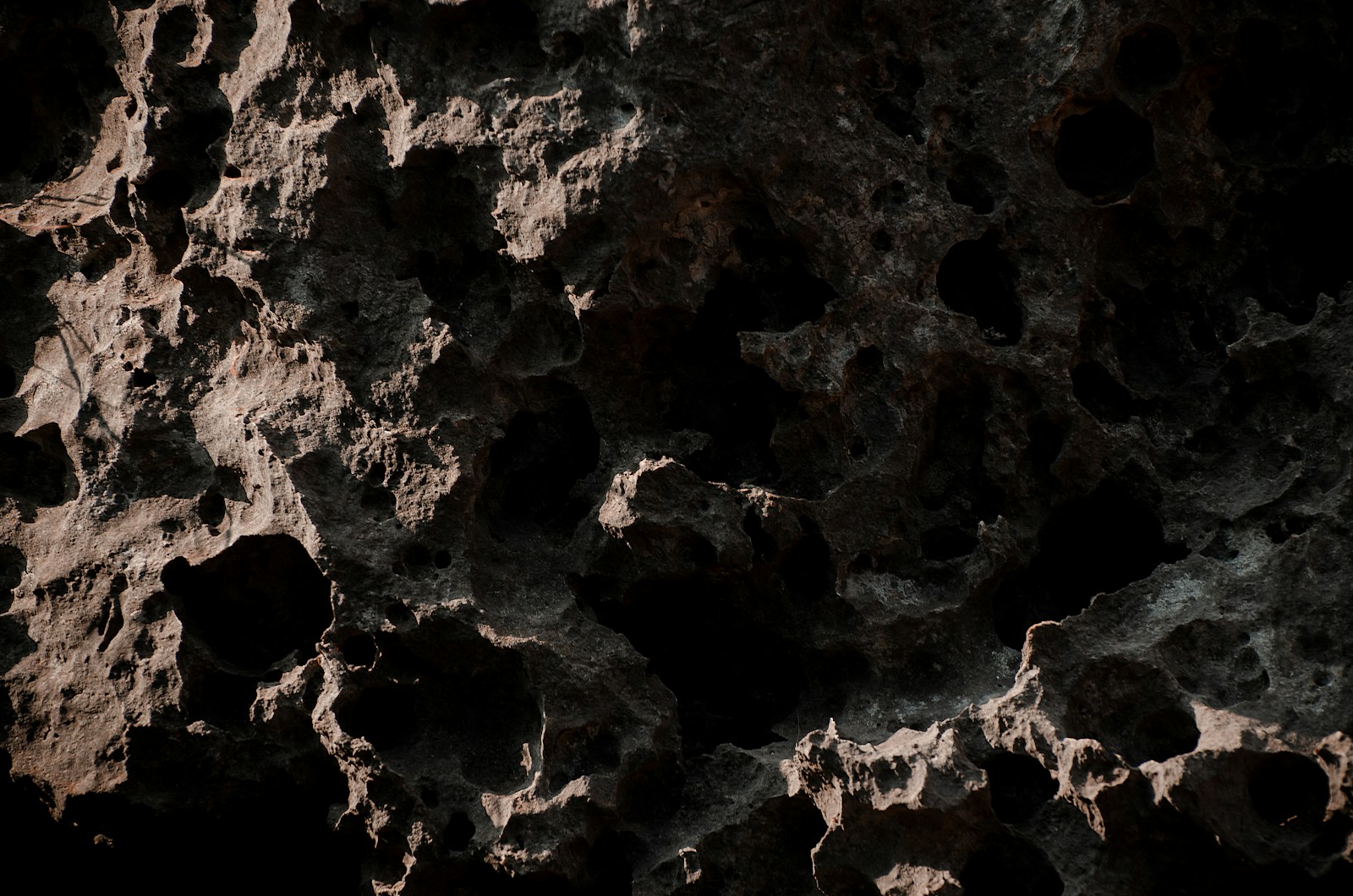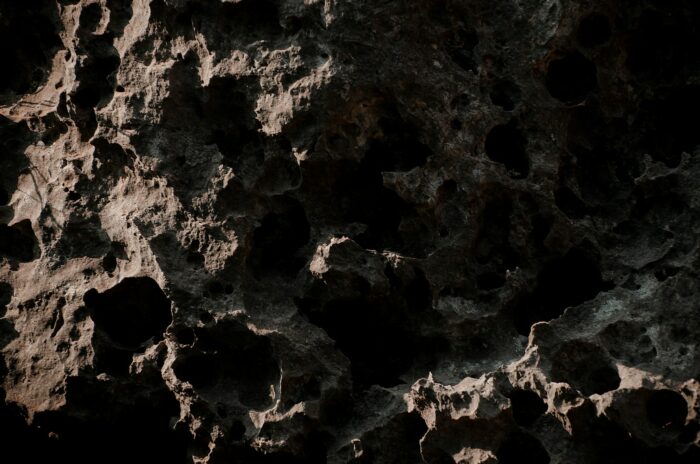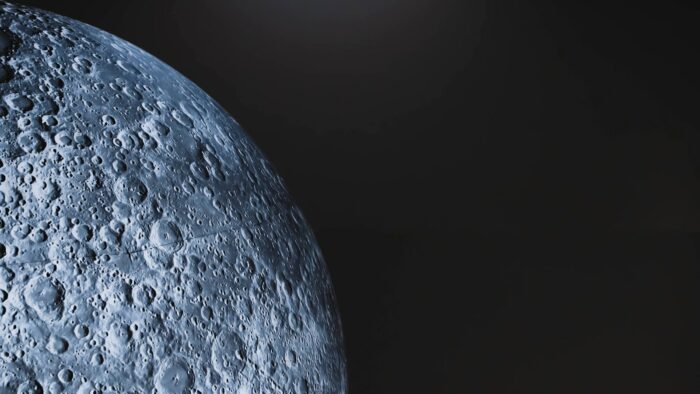Insider Brief
- Helium-3 is essential for dilution refrigerators used by quantum computers, but its scarcity on Earth raises concerns about future supply.
- Interlune intends to mine Helium-3 from the lunar regolith using compact, energy-efficient robotic harvesters designed to extract and process the isotope.
- Mining Helium-3 comes with notable challenges, including low concentrations, abrasive lunar dust, and the need to process large amounts of soil.
- Interlune plans to test Helium-3 extraction with a resource development mission in 2027 and establish a pilot plant on the moon by 2029.
Decades after the Apollo 11 mission, the moon remains a focal point of human ambition—not only for scientific exploration but also for its resource potential. One of the moon’s most intriguing resources is Helium-3, a rare isotope deposited over billions of years as a result of exposure to solar wind and meteorite impacts, embedding it within the lunar regolith.
Helium-3 is essential for quantum technology, particularly for superconducting quantum computers that operate at temperatures near absolute zero.These extreme cooling needs depend on cryogenic techniques that rely on Helium-3, which is scarce on Earth and challenging to produce through tritium decay. As quantum technology development accelerates, concerns about the limited supply of Helium-3 have grown.

Interlune, a Seattle-based company founded in 2020 by former Blue Origin technologists, intends to address this limited supply by mining Helium-3 from the moon. The company is developing energy-efficient robotic harvesters to extract Helium-3 from lunar regolith, digging up soil to a depth of three meters, processing it, and redepositing the material.
In a recent interview, Interlune CEO Rob Meyerson remarked “Quantum computing is the key demand generator for us.” While Helium-3 has potential applications in fueling nuclear fusion reactors, enhancing medical imaging, and improving radiation detection, the company’s primary focus remains on quantum computing, where demand is expected to surge within the next decade.
The Challenges of Mining He-3
Regardless of the existing abundance of Helium-3 on the moon, extraction is anything but trivial. According to the interview, lunar regolith samples brought back during NASA’s Apollo missions reveal that concentrations of Helium-3 are extremely low, ranging from 2.4 to 26 parts per billion. To harvest just one kilogram of Helium-3, Interlune would need to process anywhere from 100,000 to 1 million tons of regolith—an undertaking comparable to operating a large copper mine on Earth.
The uneven distribution of Helium-3 adds further insult to injury. While permanently shadowed regions near the lunar south pole contain higher concentrations, these areas are notoriously difficult to access and operate in. For now, Interlune plans to target regions near the lunar equator, where conditions are more favorable for mining operations.
Other challenges include the abrasive nature of lunar dust, which presents a threat to machinery, and the moon’s low gravity, requiring innovative engineering solutions. Additionally, the uneven distribution of Helium-3 complicates site selection, while the massive scale of operations needed to achieve profitability adds another layer of complexity.
A Lunar Plan of Action
Interlune is taking a methodical approach to these challenges. The company plans to launch a resource development mission in 2027 to measure Helium-3 concentrations at a future mining site and test small-scale extraction techniques. This will be followed by the establishment of a pilot plant on the moon in 2029, designed to prove the scope of mining operations and returning Helium-3 to Earth.
To support its long-term goals, Interlune has secured funding from both private investors and government grants. These include a $365,000 grant from the U.S. Department of Energy to develop technology for separating Helium-3 from terrestrial helium, as well as a NASA TechFlights grant to advance lunar soil processing technology. Interlune has also been conducting tests in low-gravity environments using Zero-G Corporation’s modified B-727-200 aircraft, which simulates lunar gravity during parabolic dives.
A Ripple Effect Across Industries
Interlune’s pursuit of Helium-3 is both an innovative exercise in extraterrestrial resource extraction an example of how developments in one emerging technology can support another. Quantum computing drives demand for the isotope, which in turn requires innovation in robotics, mining, and space exploration.
While the challenges are steep, the potential rewards could be more than notable. If successful, Interlune’s efforts could not only secure a critical resource for quantum computing but also demonstrate the viability of extraterrestrial resource extraction as a mainstay of the space economy.
Share this article:

